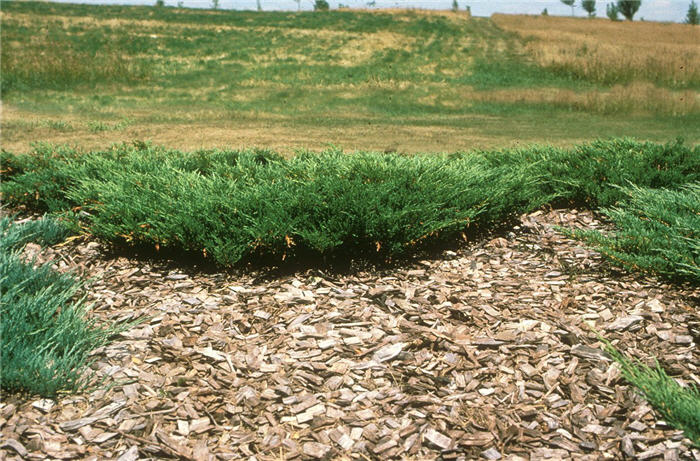| Botanical Name: Juniperus horizontalis 'Plumosa' | |
| Common Name: Plumosa Creeping Juniper |

-
Anatomy
-
Culture
-
Design
Plant Type
Conifer, Shrub, Ground cover
Height Range
1-3'
Flower Color
n/a
Flower Season
n/a
Leaf Color
Blue Green, Purple
Bark Color
Brown, Red
Fruit Color
n/a
Fruit Season
n/a
Sun
Full
Water
Low, Medium
Growth Rate
Moderate
Soil Type
Sandy, Clay, Loam, Rocky, Unparticular
Soil Condition
Average, Rich, Poor, Well-drained, Dry
Soil pH
Neutral
Adverse Factors
n/a
Design Styles
Formal, Mediterranean, Ranch
Accenting Features
Unusual Foliage
Seasonal Interest
Winter, Spring, Summer, Fall
Location Uses
Background, Shrub Border, Parking Strip, Parking Lot, Raised Planter, Walls / Fences, With Rocks
Special Uses
Cascade, Erosion Control, Filler, Mass Planting
Attracts Wildlife
n/a
Information by: Stephanie Duer.
Photographer:
Photographer:
-
Description
-
Notes
'Plumosa' is a creeping juniper cultivar with a dense, compact habit growing about 2 feet tall and up to 10 feet wide. The summer foliage is bluish-green, but becomes sort of purplish in the winter. Use as a groundcover in a large area, or on a slope. Also listed as J. h. 'Andorra.' There is also two cultivars similar to 'Plumosa': 'Plumosa Compacta,' which grows to about 18 inches tall with a similar spread, and 'Youngstown' that grows under 12 inches tall, 6 feet wide, and has a more pronounced plum coloring in the winter.
Grow in any soil that is well draining, including sandy, gravelly, or clay soils, but they must be well draining. Best growth in full sun. Once established, it tolerates dry soils and heat. Avoid shearing, as that will made the juniper woody and stiff; instead, prune selectively if necessary (see Guides).